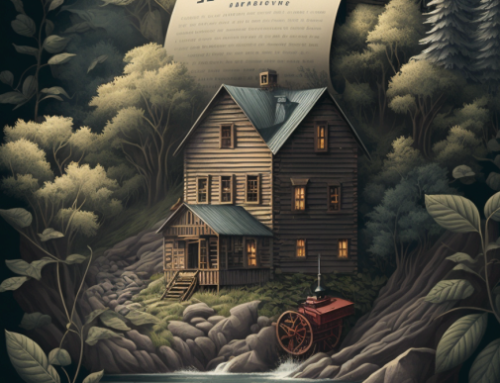Several years ago I decided while living in Massachusetts I decided to take some art classes. While my original plan was to take oil painting classes, after meeting with one of the art instructors and viewing samples of his pastel paintings, I knew it was time to learn a whole new medium.
 I remember watching my instructor painting a still life prior to my first class. I began to think I’d made a mistake. Maybe the pastels I’d seen belonged to another artist, for the one he was painting looked more like an abstract picture of the bowl of fruit in front of him — a splotch of yellow in the general vicinity where the banana should be, another of red representing the apple, a series of small purple circles. Really, they’re supposed to be grapes, huh?
I remember watching my instructor painting a still life prior to my first class. I began to think I’d made a mistake. Maybe the pastels I’d seen belonged to another artist, for the one he was painting looked more like an abstract picture of the bowl of fruit in front of him — a splotch of yellow in the general vicinity where the banana should be, another of red representing the apple, a series of small purple circles. Really, they’re supposed to be grapes, huh?
But then as I continued to watch something amazing transpired right before my eyes. After getting the basic shapes and colors down, he went back and started to fill in a few details and then a few more. Suddenly, in the last ten minutes the entire painting pulled together like an out of focused photograph being brought into focus by the turning of a dial.
An Insight from NaNoWriMo 2013
In the early days of this year’s NaNoWriMo I realized writing a work of fiction, whether it’s a short story, novella or novel could be viewed in the same way. Rather than trying to get every word perfect from the very beginning, why not work in layers as my art teacher did.
For example, as I write my first draft of Babble (my NaNo project) I don’t have to worry about getting every word, sentence, paragraph or chapter perfect. Instead, I want to focus on getting the basic plot and storyline down. This gives me the opportunity to get to know my characters and how they’re going to interact with each other.
As with most of my stories, I’ve determined in the planning and research phase what my opening scene will be and at least a basic idea what the climatic ending is. From there, it’s up to my characters to guide me on how to fill in the gap between these two points.
After I finish the first draft, I’ll set the manuscript aside for a few days, letting it simmer a bit on the back burner. Then I’ll tackle the next layer, during which I’ll focus on expanding the descriptions of scenes and characters. I may also start moving some of the scenes around a bit since I now have a better idea of the flow of the story.
On my next pass through I may focus on cleaning up the dialogue, both internal and external. By viewing each of these revisions as adding another layer to my work of art, I don’t have to get caught up in perfectionism, or imperfectionism, thinking that each part I’m reading just isn’t good enough. I can be patient and watch my story come into focus.




Leave A Comment